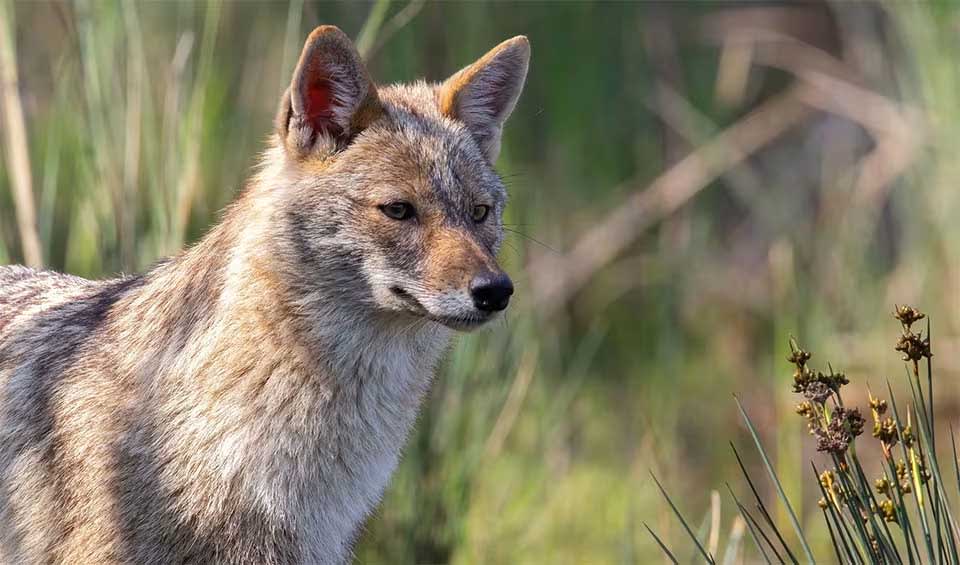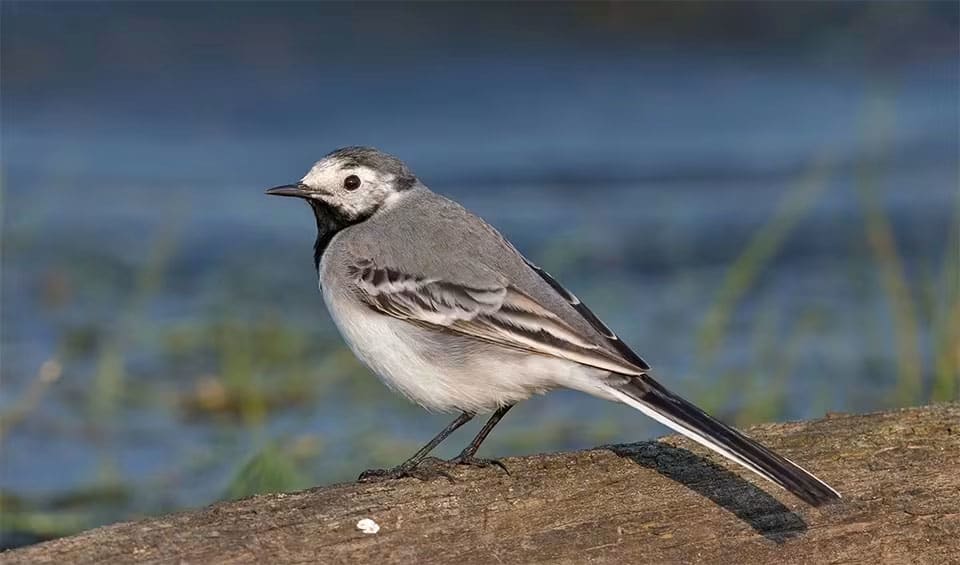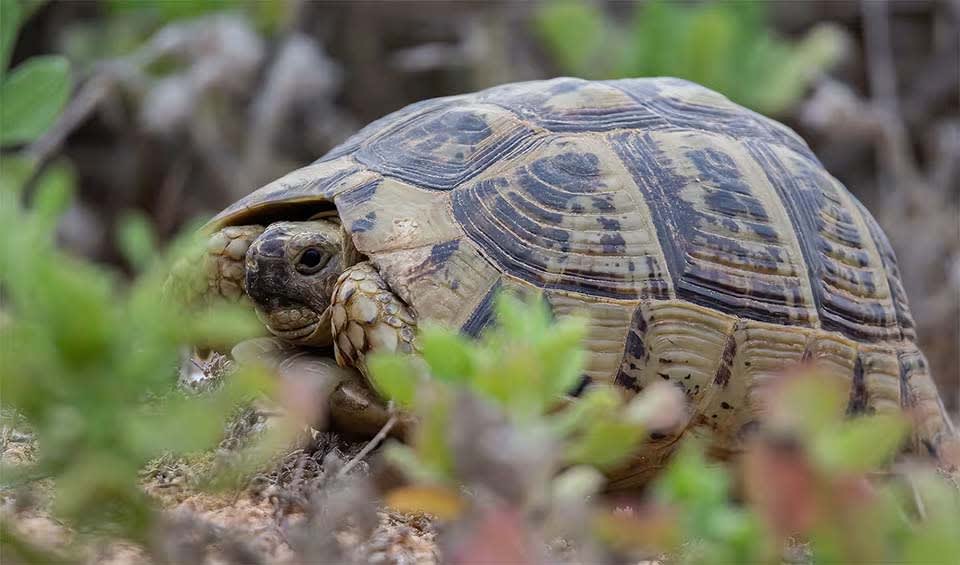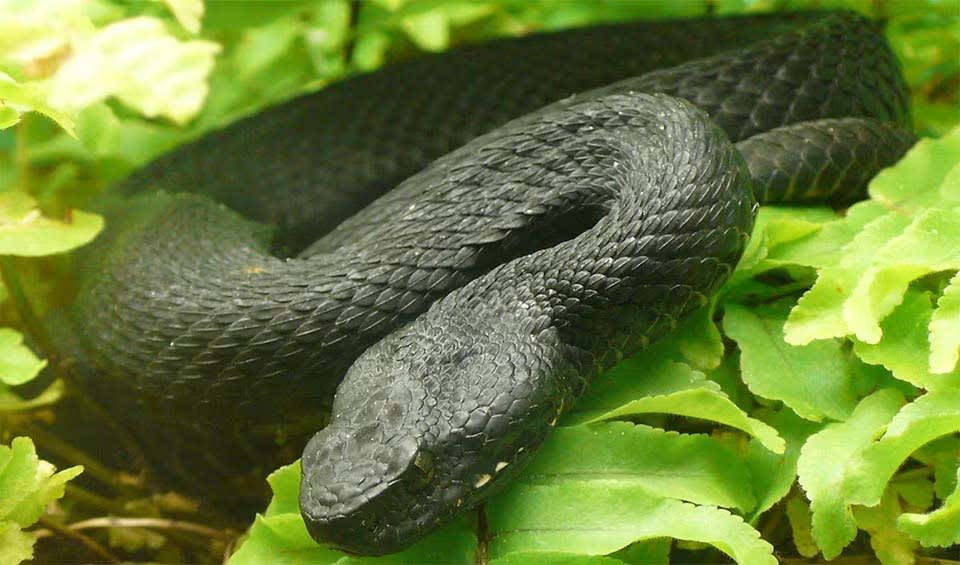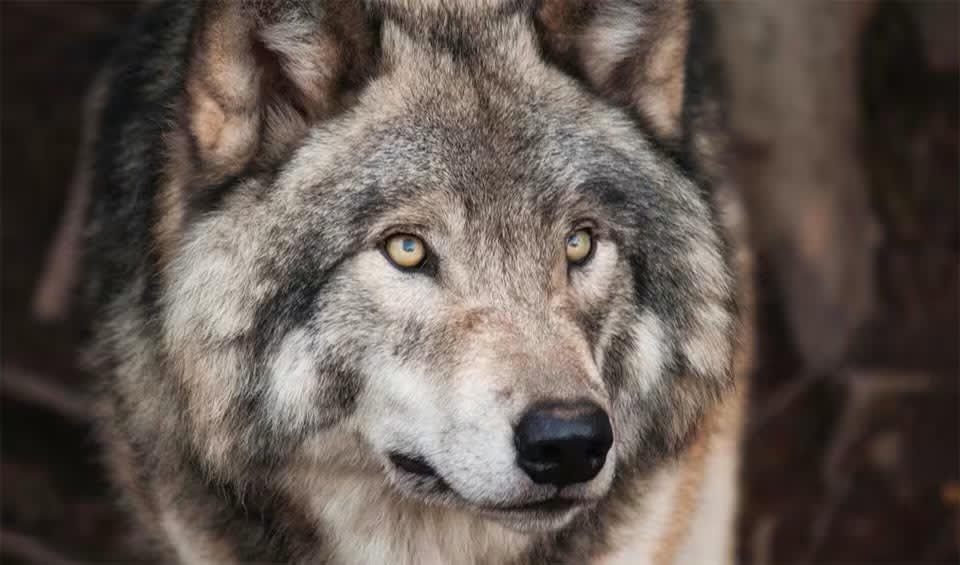Georgia, situated in the Caucasus region of Eurasia, is recognized as a biodiversity hotspot by Conservation International. The country boasts a significant forest coverage, which constitutes about 41% of its territory—a figure that has remained constant over the past decade. These forests are crucial as approximately 65% of the species in the Caucasus region depend on them for survival. In addition to its forests, Georgia has 18 critical freshwater habitats, yet only 26% of these areas are currently under protection.
Recognized as one of the world’s regions rich in biodiversity, Georgia also lies within the greater Black Sea basin, which is one of the WWF’s designated “priority places.” It overlaps with two of Conservation International’s identified biodiversity hotspots: the Caucasus and the Iran-Anatolian. The principal biomes present in Georgia include forests, which cover roughly 43% of the national landscape, as well as freshwater systems, wetlands, marine and coastal habitats, high mountains, semi-deserts, and steppes.
Four pillars elaborated:
Georgia’s diverse landscape, featuring mountains, forests, wetlands, and coastal areas, is safeguarded by a network of protected zones that cover 11.38% of the country’s territory, including national parks, strict nature reserves, managed reserves, natural monuments, protected landscapes, and multi-purpose use areas. Each type of protected area is tailored to specific levels of protection and management goals, ranging from strict nature reserves that offer the highest level of ecological protection, to multi-purpose use areas that allow sustainable resource utilization. The management and oversight of these areas are handled by the Agency of Protected Areas of Georgia (APA), which strives to conserve biodiversity, maintain ecological processes, and promote the sustainable use of natural resources. Land Management
Land Management
The main threats to biodiversity include the following: natural habitats being broken up and degraded; too much use of natural resources; pollution; introducing new species that harm the environment; and climate change. These problems are linked to the fact that many people live in poverty, which leads them to use natural resources unsustainably for energy, food, and to make money. There’s also a general lack of understanding about why it’s important to protect different types of plants and animals. Often, the importance of biodiversity isn’t considered enough in policies, strategies, and plans. There are also not enough laws to manage how biological resources are used, and there’s a shortage of funds and support for enforcing laws that protect biodiversity. Threats to Biodiversity
Threats to Biodiversity
The Georgia/European Union Association Agreement of June 2014 encompasses significant commitments to species conservation, habitat protection, and sustainable use of biological resources. Georgia is advancing its environmental legislation, including a draft Law on Biodiversity aimed at aligning with EU Environmental Directives and a 2014 Law that bans the environmental release of GMOs while allowing their use in nutrition, fodder, and research. Additionally, Georgia is engaged in regional conservation efforts, actively participating in the Emerald Network development across Central and Eastern Europe and the South Caucasus, identifying 21 biodiversity hotspots. The country is also collaborating with Caucasus region nations and Black Sea countries to meet international conservation targets and combat pollution. Capacity and Governance
Capacity and Governance
Georgia has crafted a comprehensive National Biodiversity Strategy and Action Plan (NBSAP), setting an ambitious vision for the year 2030. This vision anticipates a future where the inhabitants of Georgia coexist in balance and harmony with the natural environment. The NBSAP delineates a series of strategic objectives and actions aimed at the conservation of biodiversity across the country. Additionally, it emphasizes the promotion of sustainable practices regarding the utilization of natural resources. This strategic plan represents a commitment to preserving Georgia’s ecological wealth while fostering an equitable relationship between human development and nature conservation. Future Trends
Future Trends
Biodiversity
Georgia, located at the crossroads of Eastern Europe and Western Asia, is known for its rich biodiversity and diverse landscapes that range from coastal areas along the Black Sea to the soaring peaks of the Greater Caucasus Mountains. The lowland regions and coastal areas of Georgia, particularly along the Black Sea, are characterized by humid subtropical forests. These forests are home to species such as the Persian leopard, brown bear, and the Caucasian lynx. The Kolkheti National Park, with its wetlands and marshes, is a critical habitat for numerous bird species, including the rare Dalmatian pelican and various species of ducks and geese. The coastal regions also feature diverse plant life, including unique species like the Pontic rhododendron and Colchic boxwood.The Greater and Lesser Caucasus Mountains provide diverse habitats ranging from broadleaf and coniferous forests to alpine meadows. These mountainous regions support wildlife such as the East Caucasian tur, chamois, and the endangered Caucasian snowcock. The lush forests are rich in biodiversity, featuring species like the oriental beech, chestnut, and the Caucasian fir. The alpine meadows, with their colorful wildflowers and endemic plant species, are a notable feature of Georgia’s high-altitude landscapes.
In the table below are the number of known species in several main groups, how many of these species are Threatened with extinction, and how many of them are Endemic (unique to Georgia only):
| Species (World rank) |
Threatened | % Threatened | Endemic | % Endemic | |
|---|---|---|---|---|---|
| Mammals | 132 (#87) | 9 | 6.8% | ||
| Birds | 297 (#125) | 15 | 5.1% | ||
| Reptiles | 158 (#61) | 7 | 4.4% | ||
| Amphibians | 12 (#133) | 1 | 8.3% | ||
| Fishes | 134 (#175) | 16 | 11.9% | ||
| Plants | 4,000 (#86) | 63 | 1.6% | 380 | 9.5% |
mammals
Golden jackal
Exceptional hunters, but they can feed solely on grass and survive in the absence of prey
Striped hyena
The only hyena species outside of Africa that can go 15km (10 miles) for a meal
Marbled polecat
Delayed implantation enables them to time the birth for favorable conditions, such as when foods are abundant
birds
Eurasian eagle-owl
These owls have specialized feathers that make their flight nearly silent
Saker falcon
Their keen vision enables them to scan vast landscapes, identifying small movements or potential prey items even from high altitudes
White wagtail
Holds cultural symbolism in some societies, representing good luck
reptiles
Grass snake
One of the most common reptile of the European wetlands
Greek tortoise
The mosaic-shelled marvel of the Mediterranean
Caucasus viper
Its venom is powerful, and a bite can be very serious
amphibians
Eastern spadefoot
While most frogs lay their eggs in permanent water bodies, this special frog prefers temporary pools that form after heavy rains
Savignys treefrog
Also known as the Lemon-yellow tree frog, the Middle East tree frog
Asiatic toad
The toxin from their parotoid glands has potential antimicrobial and anticancer medicinal properties
National Animals
Wolf
The howl of each wolf is different
